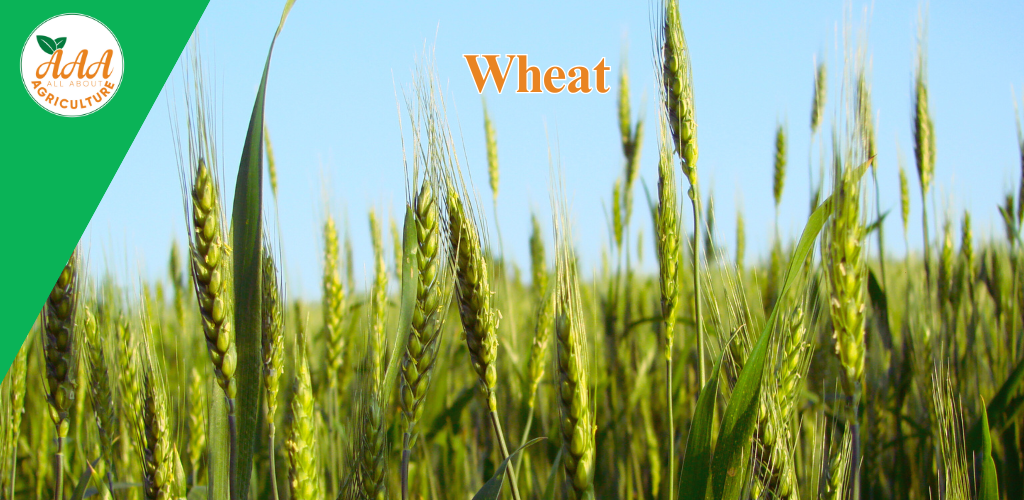Wheat Production Technology
Wheat Production Technology

Wheat is one of the world’s most important cereal crops, providing nutrition, economic value, and food security. Modern wheat production technology ensures higher yields
Key Steps in Wheat Production Technology
Climate & Soil Requirements
➡ Ideal temperature: 10-25°C with low humidity for best growth.
➡ Grows well in well-drained loamy and clayey soils with high fertility.
➡ Optimal soil pH: 6.0 – 7.5 for nutrient absorption.
High-Yielding & Disease-Resistant Varieties
➡ Popular high-yielding varieties: HD 2967, PBW 550, DBW 187, WH 1105.
➡ Select varieties based on region, climate, and disease resistance.
Sowing & Seed Rate
Best time for sowing: Mid-October to November (Rabi season).
Seed rate: 100-125 kg per hectare for timely sowing.
Sowing methods:
- Broadcasting (Traditional method)
- Line Sowing (Better yield & uniform spacing)
- Zero Tillage (Saves cost, time & moisture)
Nutrient & Fertilizer Management
➡ NPK Recommendation (per hectare):
- Nitrogen (N): 120-150 kg
- Phosphorus (P₂O₅): 60-70 kg
- Potassium (K₂O): 40-50 kg
➡ Apply organic manure & biofertilizers for long-term soil fertility.
Irrigation & Water Management
➡ Wheat requires 4-5 critical irrigations at key growth stages:
- Crown Root Initiation (CRI) Stage (most crucial)
- Tillering Stage
- Jointing & Flowering Stage
- Grain Filling Stage
➡ Drip & sprinkler irrigation ensures efficient water use & higher yield.
Weed, Pest & Disease Control
➡ Common weeds: Phalaris minor, Wild oat, Chenopodium. Use herbicides like Pendimethalin & Clodinafop.
➡ Major pests: Aphids, Armyworms, Termites – controlled with IPM (Integrated Pest Management).
➡ Diseases: Rust, Smut, Blight – managed using resistant varieties & fungicides.
Harvesting & Post-Harvest Management
➡ Harvest when grains are hard, golden brown, and moisture is 12-14%.
➡ Use combine harvesters for fast & efficient harvesting.
➡ Proper storage prevents fungal & insect damage.